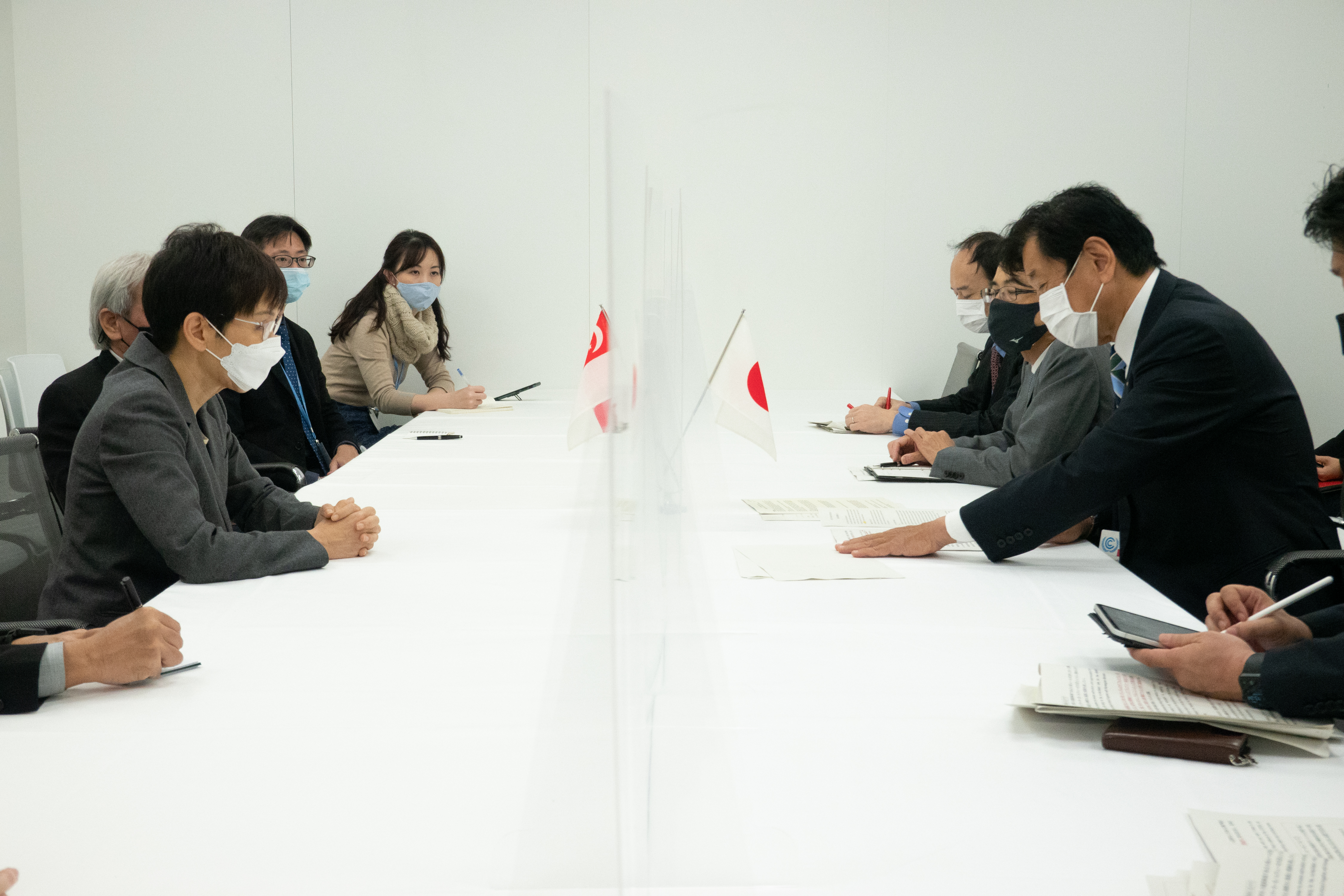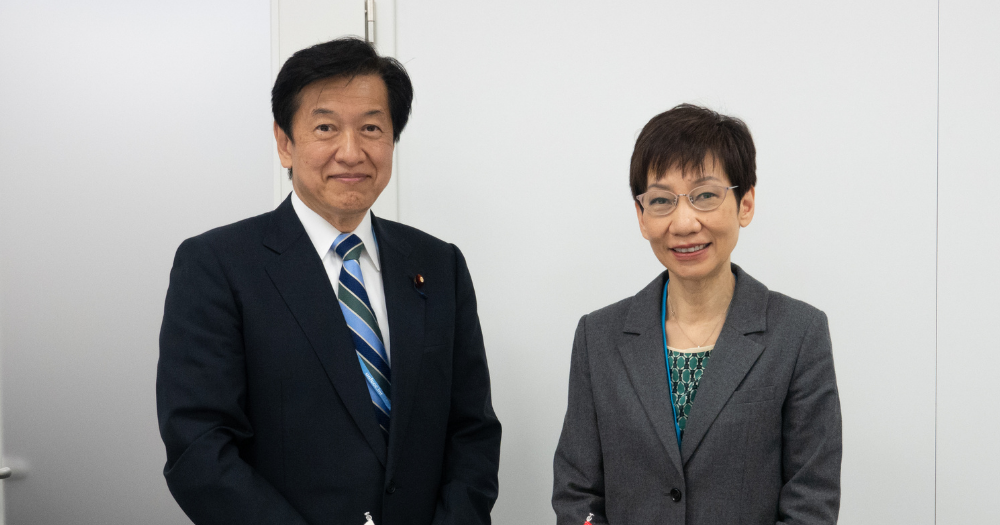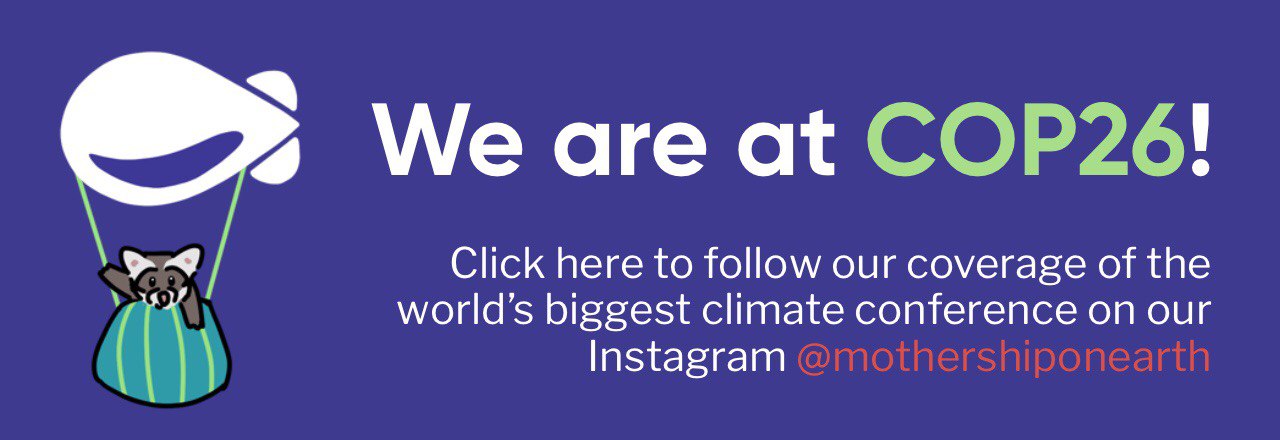Follow us on Telegram for the latest updates: https://t.me/mothershipsg
Japan and Singapore have launched the second phase of a project that aims to develop and roll out monitor and report (M&R) systems for greenhouse gas emissions in industry facilities across Asean member states.
Singapore’s National Environment Agency will oversee the project collaboration with the Japan Overseas Environmental Cooperation Centre (OECC), with funding support from the Japan-ASEAN Integration Fund.
The collaboration is part of an initiative known as the Partnership to Strengthen Transparency for Co-Innovation (PaSTI) by the Japan's Environment Ministry.
The initiative aims to connect businesses with local governments to come up with incentives and tools to work towards reducing carbon emissions in the long term.
Singapore's Minister for Sustainability and the Environment Grace Fu launched Phase Two of the project collaboration on Nov. 12 alongside Japan's Environment Minister Yamaguchi Tsuyoshi at the Japan Pavilion at global climate summit COP26 in Glasgow.
To accurately measure emissions
In her opening remarks, Fu said that keeping the 1.5ºC target alive and cutting carbon emissions need to be "backed by concrete implementation plans and reporting".
She said that the tracking of greenhouse gas emissions is important for countries to have a "clear basis for implementation to track progress".
"Collective and committed global action is needed to overcome climate change," Fu said, and added that PaSTI was a "significant initiative".
To price carbon effectively
Fu said that a robust monitoring, reporting and verification (MRV) regime is the foundation of an effective carbon pricing scheme.
"It ensures that the cost of carbon emission is properly factored in our production," she stated.
At the same time, MRV regimes provide confidence for countries and companies to work together on low-carbon technologies and solutions, and develop high-integrity carbon markets.
Yamaguchi said in his opening remarks: "Enhancing the transparency and transformative actions are key pathways to our climate change agenda as recommended in the Asean State of the Climate Change report launched last month."
The report outlined the need for Asean members to improve science capacities through climate finance and new technologies.
 Image by MSE.
Image by MSE.
Developing guidelines for monitoring and reporting
Phase One completed in July 2020, with support provided by the Asean Working Group on Climate Change (AWGCC), and involved more than 40 partners across Asean member states.
Government and corporate representatives had participated in assessing the needs and developing an implementation roadmap in efforts to harmonise M&R systems in the region.
Phase Two, which will commence later this year, will work to establish facility-level M&R guidelines that are applicable for the region, and test-drive these guidelines through pilot projects.
A step towards industrial sustainability
"If successfully implemented, this proof-of-concept will support facilities and businesses in their decarbonisation journeys and make their operations more sustainable."
With the initiative, "companies stand to reap efficiency gains by incorporating emissions considerations in designing and running their facilities," said Fu.
Top image by MSE
If you like what you read, follow us on Facebook, Instagram, Twitter and Telegram to get the latest updates.

